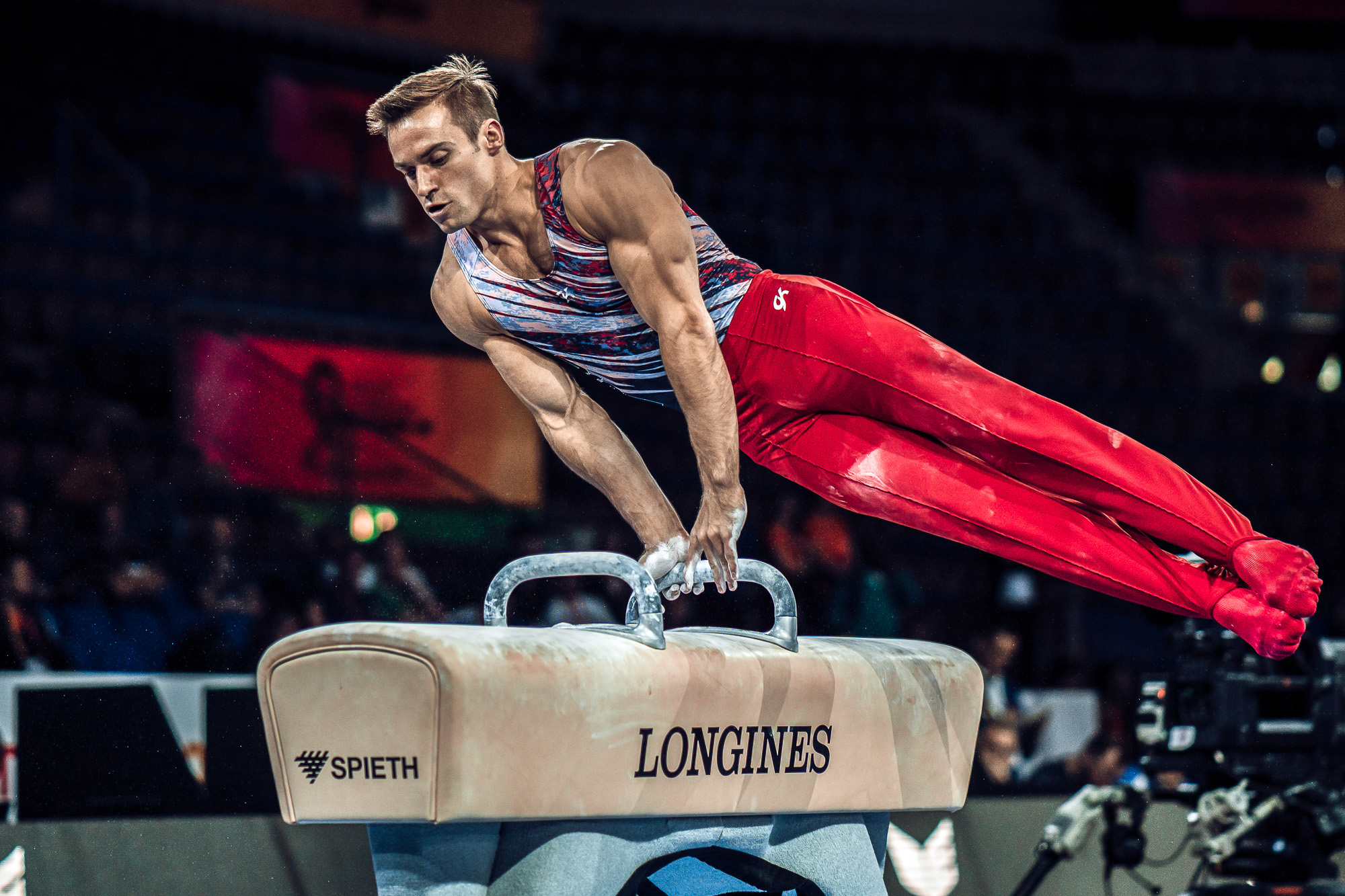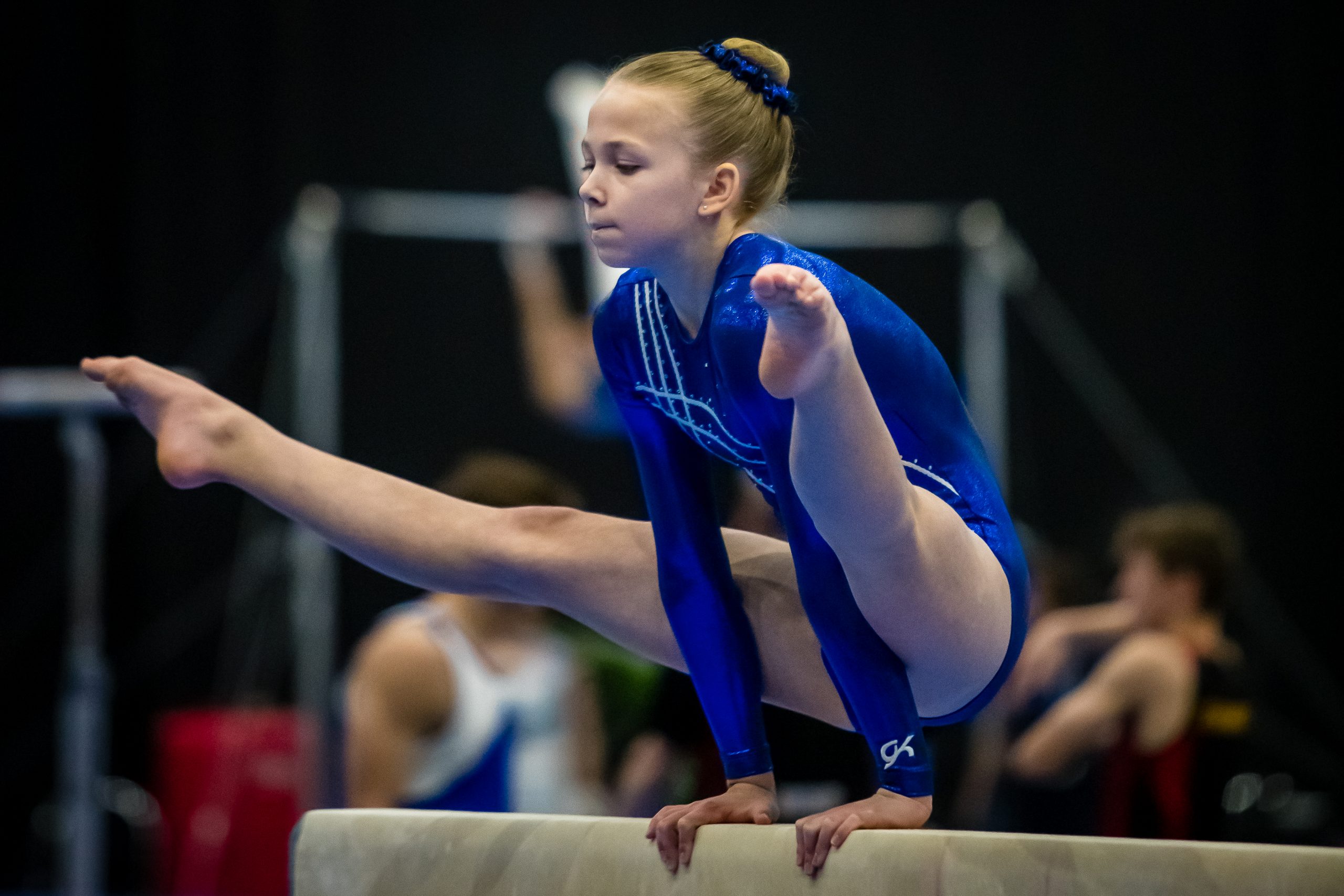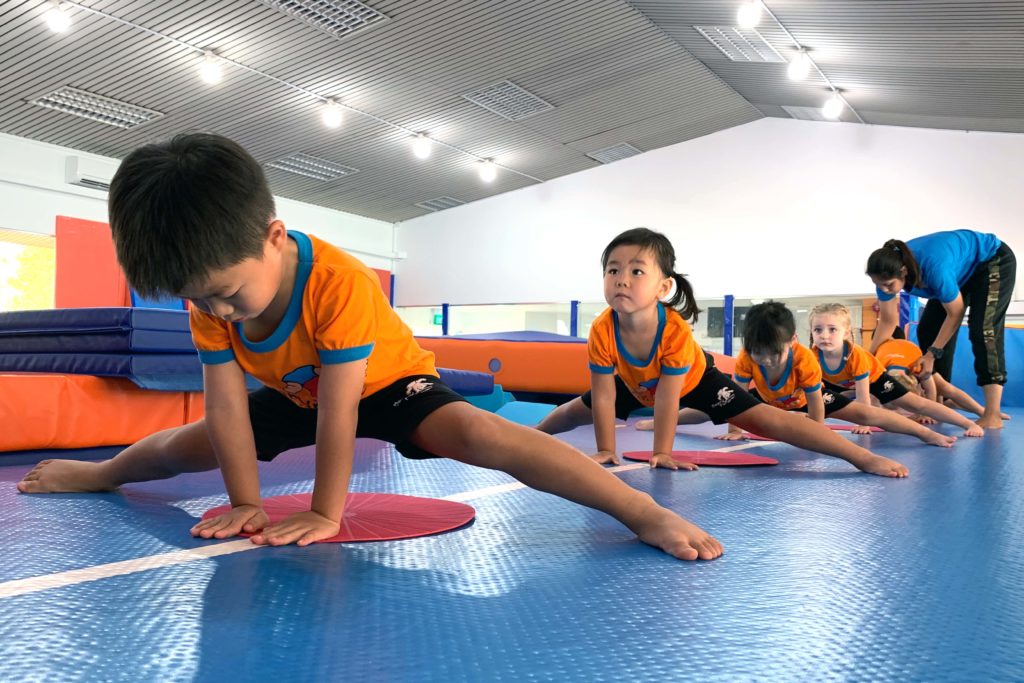Gymnastics is a sport that combines strength, flexibility, balance, and artistry into one breathtaking performance. It is a discipline that challenges athletes to push their physical limits while maintaining grace and precision. As one of the oldest and most respected sports in the world, gymnastics continues to captivate audiences globally.
Gymnastics has a rich history that dates back thousands of years, originating in ancient Greece as part of their training regimen for soldiers. Over time, it evolved into a sport that emphasizes physical prowess and artistic expression. Today, gymnastics is not only a competitive sport but also a recreational activity enjoyed by people of all ages.
Whether you're a seasoned athlete or someone looking to improve your fitness, understanding the intricacies of gymnastics can inspire you to take up the sport or appreciate it more deeply. This article will explore everything you need to know about gymnastics, from its history and benefits to the skills and disciplines involved.
Read also:Where Is Joycelyn Savage Now In 2024
Table of Contents
- History of Gymnastics as a Sport
- Types of Gymnastics Disciplines
- Essential Skills in Gymnastics
- Physical and Mental Benefits of Gymnastics
- Gymnastics Competitions and Events
- Training Regimen for Gymnasts
- Famous Gymnasts Who Shaped the Sport
- Common Injuries in Gymnastics and Prevention
- Essential Gymnastics Equipment
- The Future of Gymnastics as a Sport
History of Gymnastics as a Sport
Gymnastics has a storied past that dates back to ancient civilizations. The sport's roots can be traced to the Greeks, who practiced gymnastics as a form of physical education and military training. In the 19th century, Friedrich Ludwig Jahn, a German educator, formalized gymnastics exercises, which eventually led to its inclusion in the Olympic Games.
Modern gymnastics made its debut at the 1896 Athens Olympics, featuring events such as horizontal bar, parallel bars, and pommel horse. Over the years, the sport has grown to include artistic gymnastics, rhythmic gymnastics, trampoline, and more. Today, gymnastics is one of the most popular Olympic sports, captivating millions of viewers worldwide.
The Early Days of Gymnastics
Before becoming a competitive sport, gymnastics was primarily used for fitness and health purposes. Ancient Greeks believed that physical fitness was essential for a balanced life, and gymnastics provided the perfect outlet for this philosophy. As the sport evolved, it became more structured, leading to the development of standardized routines and scoring systems.
Types of Gymnastics Disciplines
Gymnastics is not a single entity but a collection of disciplines, each with its own unique characteristics. Understanding these variations can help you appreciate the sport's diversity and complexity.
Artistic Gymnastics
Artistic gymnastics is the most well-known discipline, featuring events such as floor exercise, vault, uneven bars (for women), and rings (for men). Gymnasts perform routines that combine strength, flexibility, and artistry, judged based on difficulty, execution, and presentation.
Read also:Is Nancy Grace Still Married A Comprehensive Look Into Her Relationship Status
Rhythmic Gymnastics
Rhythmic gymnastics focuses on grace and elegance, with athletes performing routines accompanied by music. This discipline involves the use of apparatus such as ribbons, balls, and hoops, requiring exceptional coordination and control.
Essential Skills in Gymnastics
To excel in gymnastics, athletes must master a wide range of skills. These skills are the foundation of every routine and require years of practice and dedication.
- Strength: Gymnasts must possess incredible upper body, core, and lower body strength to perform complex maneuvers.
- Flexibility: Flexibility is crucial for executing splits, leaps, and other moves that demand a wide range of motion.
- Balance: Maintaining balance on apparatus such as the balance beam is a skill that requires precision and focus.
Physical and Mental Benefits of Gymnastics
Gymnastics offers numerous benefits that extend beyond physical fitness. It promotes mental resilience, discipline, and self-confidence, making it an excellent activity for people of all ages.
Physical Benefits
Gymnastics improves cardiovascular health, builds muscle strength, and enhances flexibility. Regular participation in gymnastics can also lead to better coordination and posture.
Mental Benefits
The mental benefits of gymnastics are equally significant. It teaches perseverance, focus, and problem-solving skills, all of which are valuable in everyday life. Additionally, gymnastics fosters a sense of community and teamwork, encouraging athletes to support one another.
Gymnastics Competitions and Events
Gymnastics competitions range from local meets to international championships, providing athletes with opportunities to showcase their talents on various stages.
The Olympic Games remain the pinnacle of gymnastics competitions, featuring the best athletes from around the world. Other notable events include the World Championships, World Cup Series, and regional competitions like the European Championships.
Training Regimen for Gymnasts
A typical gymnastics training regimen involves a combination of strength training, flexibility exercises, and skill development. Gymnasts often train for several hours a day, focusing on mastering specific techniques and improving their overall performance.
The Role of Nutrition in Gymnastics Training
Nutrition plays a critical role in a gymnast's success. A balanced diet rich in proteins, carbohydrates, and healthy fats provides the energy and nutrients needed for intense training sessions. Proper hydration is also essential to prevent fatigue and injury.
Famous Gymnasts Who Shaped the Sport
Throughout history, several gymnasts have left an indelible mark on the sport, inspiring future generations with their achievements.
Biography of Famous Gymnasts
Below is a brief overview of some of the most influential gymnasts:
| Name | Country | Achievements |
|---|---|---|
| Simone Biles | United States | Olympic gold medalist and record holder for most World Championship medals |
| Nadia Comăneci | Romania | First gymnast to score a perfect 10 in Olympic competition |
| Alexander Dityatin | Soviet Union | Holds the record for most medals won in a single Olympics |
Common Injuries in Gymnastics and Prevention
Gymnastics is a physically demanding sport, and injuries are not uncommon. Common injuries include sprains, strains, and fractures, often resulting from falls or improper technique.
Preventing Gymnastics Injuries
Proper training, use of safety equipment, and regular medical check-ups can help reduce the risk of injuries. Coaches and athletes should prioritize injury prevention to ensure long-term success in the sport.
Essential Gymnastics Equipment
Gymnastics requires specialized equipment to ensure safety and optimal performance. Some of the essential pieces of equipment include:
- Foam pit: Used for practicing new skills safely.
- Spring floor: Provides cushioning and rebound for floor exercises.
- Balance beam: A narrow beam used for balance routines.
The Future of Gymnastics as a Sport
As gymnastics continues to evolve, new disciplines and technologies are emerging to enhance the sport. Advances in training methods and equipment are helping athletes reach new heights, while increased global participation is expanding the sport's reach.
The future of gymnastics looks bright, with more people than ever before discovering the joys and challenges of this incredible sport.
Conclusion
Gymnastics is a sport that demands dedication, discipline, and passion. From its ancient origins to its modern-day prominence, gymnastics has captivated audiences and inspired athletes worldwide. Whether you're a spectator or a participant, understanding the intricacies of gymnastics can deepen your appreciation for this remarkable sport.
We invite you to share your thoughts and experiences in the comments below. If you enjoyed this article, consider exploring other topics on our website or sharing this piece with your friends and family. Together, let's celebrate the beauty and excitement of gymnastics!


